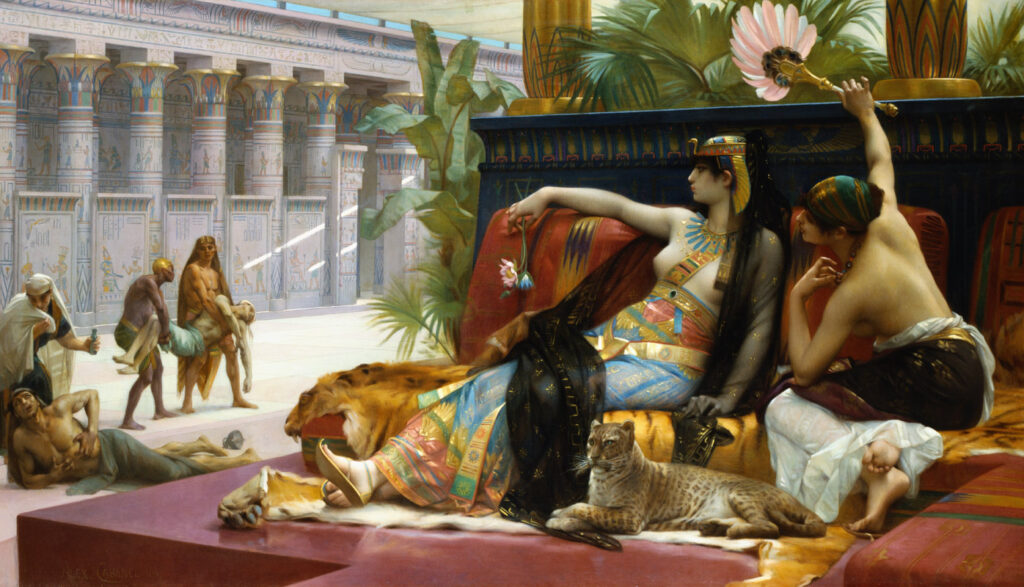Home » Posts tagged 'beauty'
Tag Archives: beauty
The Little Prince
(Le Petit Prince)
Antoine de Saint-Exupéry
1943
(A little man leaves his tiny planet to explore the universe, only to discover that the most important things in life can be found anywhere.)

As hackneyed as the term “gem” is in the description of short and delightful books, The Little Prince has got to be the epitome. What other modern story is so small, simple, beautiful, and valuable? It radiates purpose modestly, its convincing naivete managing somehow to soften sharp lessons within a sweet and personal story. An actual gem, however, can be valued by anyone, even the unworthy—those who value it only because they can use it to get something else. The Little Prince has no such utility. Its essence is a rebellion against the importance we tend to place on utility. If we find ourselves appreciating The Little Prince, it can only be because we see some light in the book’s countercultural perspective—because we love this small meandering tale according to its true worth.
“On Taste”
Edmund Burke
1759
(What does it really mean for an opinion to be “a matter of taste”?)

When we say “it’s just a matter of taste”, a bold and negative message lies behind the word “just”. Whether intended or not, the word creates a whiff of denigration. We discredit the thing we’re describing, reducing it such that it does not require much attention or respect. It’s a surefire conversation-ender. We are in effect saying that the question of whether the food is good, the music inspiring, or the sight beautiful, is not really worthy of discussion. We are also espousing a momentous philosophical position: that the matter at hand is subjective, in the sense that two individuals considering it may come to contradictory conclusions about it and neither could possibly be justified in criticizing the other. Probably not very many of us, when we make such a statement, are actually prepared to defend our implicit position, or the accompanying subliminal evaluation. More likely, we are simply incorporating into our daily language certain assumptions about the world, about truth, about goodness and beauty and love and appreciation and worthiness. Sometimes we can use quippy phrases because they come easily, whether or not we realize that we are taking a side on something. In time a fallacious circle is likely to complete itself: someday when we actually consider the matter, we will find ourselves thinking our assumption very likely to be true, simply because our manner of thinking has been shaped by our (and our community’s) manner of speaking. If we are trained long enough to talk as if something is so, we will tend to think it is so unless we examine our ideas deliberately.





The Hunchback of Notre-Dame
June 16, 2019 / 2 Comments on The Hunchback of Notre-Dame
(Notre-Dame de Paris)
Victor Hugo
1831
(Love for a young gypsy woman allows an ugly man to rise above the world’s hatred of him, and to show his inner beauty).
Beauty and beast stories are thousands of years old. Here is how they generally go: a beautiful maiden somehow must associate with a character of less-than-alluring appearance, such as an animal, a god in disguise, or a magically uglified human. The girl eventually sees beyond the grotesque exterior to the real person inside, and falls in love. Then very often the whole moral is promptly compromised by the male character’s transformation into the handsome prince. Ah—it’s really about outward appearance (and wealth) after all! I write this with a smirk, as in fact those stories are not claiming that outward appearance should have no importance, but just that love can be demonstrated to be rooted in deeper things if we remove good looks as an experiment. (By the way, we’re generally talking here about removing the man’s good looks. Removing the woman’s good looks is far rarer in literature, as any student of human behavior could have predicted.)
Victor Hugo, perhaps the wisest of the great French novelists, wrote the perfect beauty and beast story—indeed, could do so only because he was wise. He understood beauty and was true to it in all its manifestations; and he understood ugliness and was fearless and trenchant in portraying its effects and implications. The novel is fundamentally about beauty: of Notre Dame cathedral, of Quasimodo its deaf mutant bell-ringer, of Esmeralda the gypsy girl. The beauty is very different in the three examples, except in fragility, which they share—these three beautiful things, a building, a beast, and a belle. And their fragility is due to ugliness, which likewise takes diverse forms.
(more…)